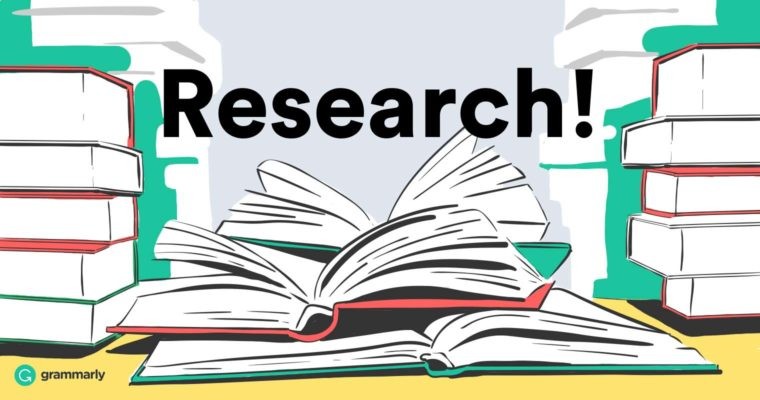DIABETES AND DRUG TREATMENTS – Answered
DIABETES AND DRUG TREATMENTS – Answered
Each year, 1.5 million Americans are diagnosed with diabetes (American Diabetes Association, 2019). If left untreated, diabetic patients are at risk for several alterations, including heart disease, stroke, kidney failure, neuropathy, and blindness. There are various methods for treating diabetes, many of which include some form of drug therapy. The type of diabetes as well as the patient’s behavior factors will impact treatment recommendations. For this Discussion, you compare types of diabetes, including drug treatments for type 1, type 2, gestational, and juvenile diabetes (DIABETES AND DRUG TREATMENTS – Answered).
To Prepare: Review the Resources for this module and reflect on differences between types of diabetes, including type 1, type 2, gestational, and juvenile diabetes. Select one type of diabetes to focus on for this Discussion. Consider one type of drug used to treat the type of diabetes you selected, including proper preparation and administration of this drug. Then, reflect on dietary considerations related to treatment. Think about the short-term and long-term impact of the diabetes you selected on patients, including effects of drug treatments. Post a brief explanation of the differences between the types of diabetes, including type 1, type 2, gestational, and juvenile diabetes. Describe one type of drug used to treat the type of diabetes you selected, including proper preparation and administration of this drug. Be sure to include dietary considerations related to treatment. Then, explain the short-term and long-term impact of this type of diabetes on patients. including effects of drug treatments. Be specific and provide examples.
Answer
Understanding Type 1 Diabetes and Its Management
Differences Between Types of Diabetes
Diabetes mellitus encompasses several types, each with distinct characteristics. Type 1 diabetes is an autoimmune disorder where the immune system attacks and destroys the insulin-producing beta cells in the pancreas, resulting in little to no insulin production (American Diabetes Association, 2020). It primarily affects children and young adults, necessitating lifelong insulin therapy. Type 2 diabetes, in contrast, involves insulin resistance and a relative deficiency of insulin production. It is more common in adults, though increasing rates in children are observed due to rising obesity levels. This type is often managed with lifestyle modifications and oral hypoglycemic agents (Centers for Disease Control and Prevention, 2022). Gestational diabetes occurs during pregnancy and usually resolves postpartum, but it increases the risk of type 2 diabetes later for both mother and child (National Institute of Diabetes and Digestive and Kidney Diseases, 2021). Juvenile diabetes typically refers to type 1 diabetes in children and adolescents, emphasizing its early onset and impact.
Focus on Type 1 Diabetes
For managing type 1 diabetes, insulin therapy is essential. Rapid-acting insulins like insulin lispro (Humalog) are commonly used. Proper administration involves preparing the insulin by checking its clarity and expiration date, ensuring it is free from particles, and following the prescribed dosage. Insulin lispro is administered subcutaneously using syringes, insulin pens, or pumps, usually before meals to effectively control postprandial blood glucose levels (American Diabetes Association, 2020).
Dietary considerations are crucial for effective management. Patients should focus on a balanced diet, emphasizing whole grains, lean proteins, fruits, and vegetables while closely monitoring carbohydrate intake. Carbohydrate counting is vital for adjusting insulin doses to maintain stable blood glucose levels (Kerr et al., 2017).
Impact on Patients
In the short term, proper insulin management helps prevent acute complications such as hyperglycemia and hypoglycemia, which can lead to symptoms like fatigue, blurred vision, and frequent urination. Long-term impacts of type 1 diabetes include an increased risk of serious complications such as cardiovascular disease, neuropathy, nephropathy, and retinopathy. Ongoing glucose monitoring and insulin adjustments are critical to minimize these risks and manage the condition effectively (Wang et al., 2021). Despite advancements in treatment, type 1 diabetes requires continuous vigilance and adaptation to maintain optimal health (DIABETES AND DRUG TREATMENTS – Answered).
References
- American Diabetes Association. (2020). Standards of Medical Care in Diabetes—2020. Diabetes Care, 43(Supplement 1), S1-S212. https://doi.org/10.2337/dc20-S001
- Centers for Disease Control and Prevention. (2022). Type 2 Diabetes. https://www.cdc.gov/diabetes/basics/type2.html
- Kerr, D., M. L. Campbell, & J. E. Davis. (2017). Dietary management and diabetes control. Journal of Diabetes Research, 2017, 134569. https://doi.org/10.1155/2017/134569
- National Institute of Diabetes and Digestive and Kidney Diseases. (2021). Gestational Diabetes. https://www.niddk.nih.gov/health-information/diabetes/overview/what-is-diabetes/gestational
- Wang, J., Wang, L., & Zhang, Y. (2021). Long-term complications of type 1 diabetes mellitus. Frontiers in Endocrinology, 12, 743095. https://doi.org/10.3389/fendo.2021.743095





